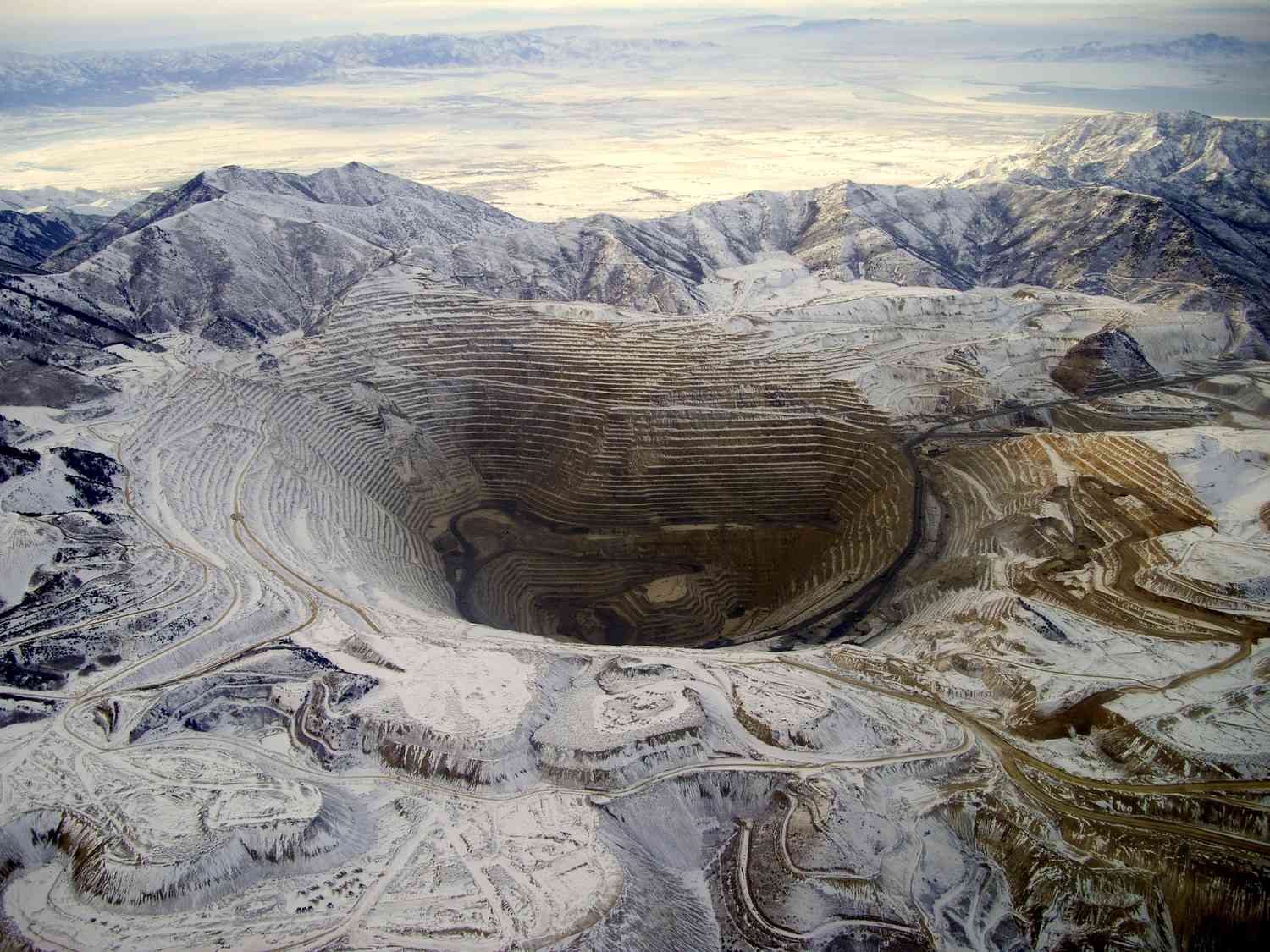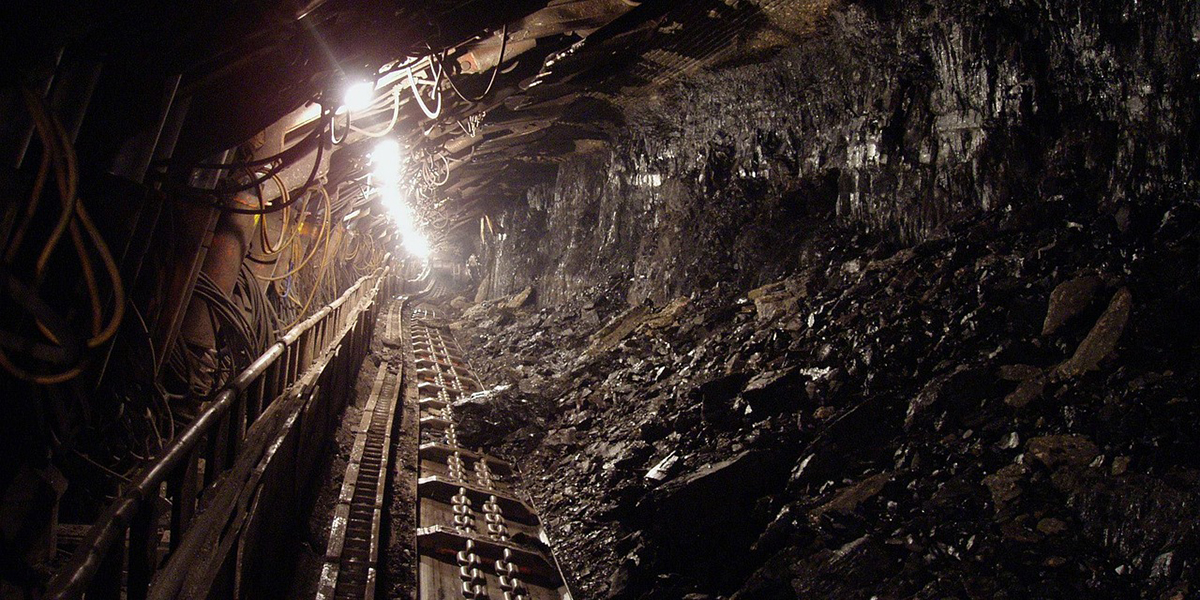Open-pit mining is a type of surface mining that involves excavating a large, open pit to extract valuable minerals or rocks. This method is used when the mineral deposit is near the surface and is economically viable to extract.
How Open-Pit Mining Works
- Exploration: Geological surveys are conducted to identify the location and extent of the mineral deposit.
- Preparation: The area around the deposit is cleared, and roads, railways, and other infrastructure are built to support the mining operation.
- Excavation: Large machines, such as excavators and bulldozers, are used to remove the overburden (soil and rock above the mineral deposit) and extract the desired mineral.
- Processing: The extracted material is transported to a processing plant where the valuable mineral is separated from the waste rock.
- Reclamation: After mining is complete, the site is often reclaimed to restore it to its original state or convert it to a new land use.
Common Minerals Extracted Through Open-Pit Mining
- Copper
- Iron ore
- Gold
- Silver
- Coal
- Bauxite (aluminum ore)
- Diamonds
Environmental Impact
Open-pit mining can have a significant impact on the environment, including:
- Habitat destruction: The creation of large pits can destroy natural habitats and biodiversity.
- Water pollution: Mining operations can contaminate water sources with pollutants such as heavy metals and chemicals.
- Air pollution: The burning of fossil fuels for machinery and the release of dust can contribute to air pollution.
- Land degradation: The removal of topsoil and the creation of large pits can lead to land degradation and erosion.
To mitigate these impacts, mining companies are often required to implement environmental management plans that include measures such as water treatment, air pollution control, and habitat restoration.
Would you like to know more about a specific type of mineral extracted through open-pit mining or the environmental impacts associated with this practice?

